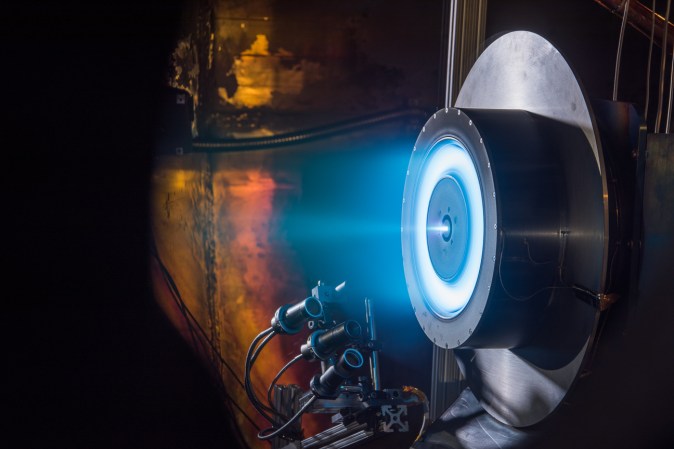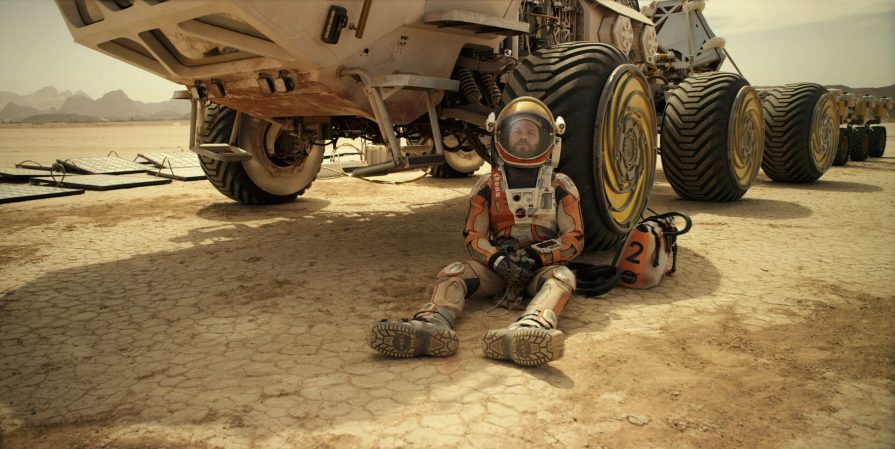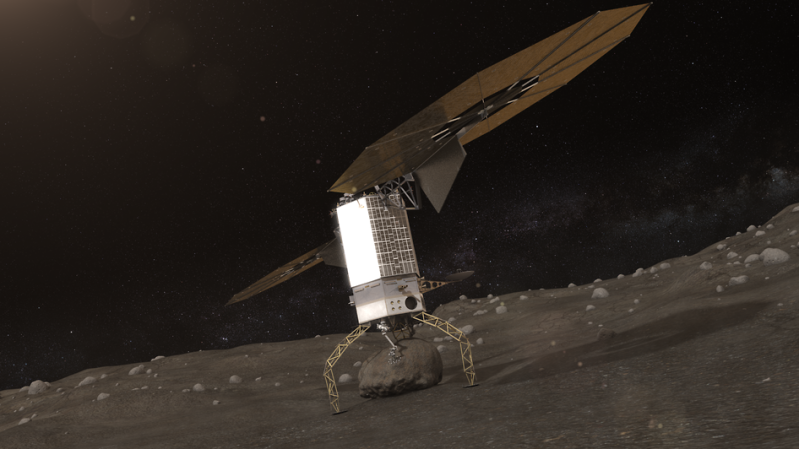

NASA’s $18 billion Orion program will deliver humans to the surface of Mars sometime in the 2030s. For the first time, the agency opened its doors—at three facilities around the country—to give us an exclusive look as they build the capsule and rocket systems that will take us there.




This article was originally published in the July/August 2016 issue of Popular Science.






























